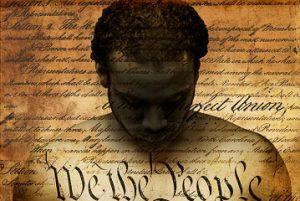Discrimination & Racism
 The general question that PRBA has long focused on is “how do African Americans maintain resiliency and survive in a society in which discrimination and racism are institutional features of everyday life”. Using a stress and coping framework, PRBA scientists have concentrated on understanding the development, use, and effectiveness of coping mechanisms, both individual and group, that make this resiliency possible. One important source of stressors and stress in the United States arises from institutional racism, and individual sources of discrimination and racist, interpersonal encounters. Since the initial 1979-80 National Survey of Black Americans (NSBA), PRBA has attempted through numerous quantitative and qualitative studies to understand the sources of discrimination and racism, the mechanisms by which they persist, and the impact on both the perpetrators and targets of these institutional arrangements and individual encounters. The 1995 Detroit Area study on how discrimination and racism is experienced, produced the Major Discrimination and Every Day Racism measures; possibly the most widely used instruments globally to study these issues.
The general question that PRBA has long focused on is “how do African Americans maintain resiliency and survive in a society in which discrimination and racism are institutional features of everyday life”. Using a stress and coping framework, PRBA scientists have concentrated on understanding the development, use, and effectiveness of coping mechanisms, both individual and group, that make this resiliency possible. One important source of stressors and stress in the United States arises from institutional racism, and individual sources of discrimination and racist, interpersonal encounters. Since the initial 1979-80 National Survey of Black Americans (NSBA), PRBA has attempted through numerous quantitative and qualitative studies to understand the sources of discrimination and racism, the mechanisms by which they persist, and the impact on both the perpetrators and targets of these institutional arrangements and individual encounters. The 1995 Detroit Area study on how discrimination and racism is experienced, produced the Major Discrimination and Every Day Racism measures; possibly the most widely used instruments globally to study these issues.

